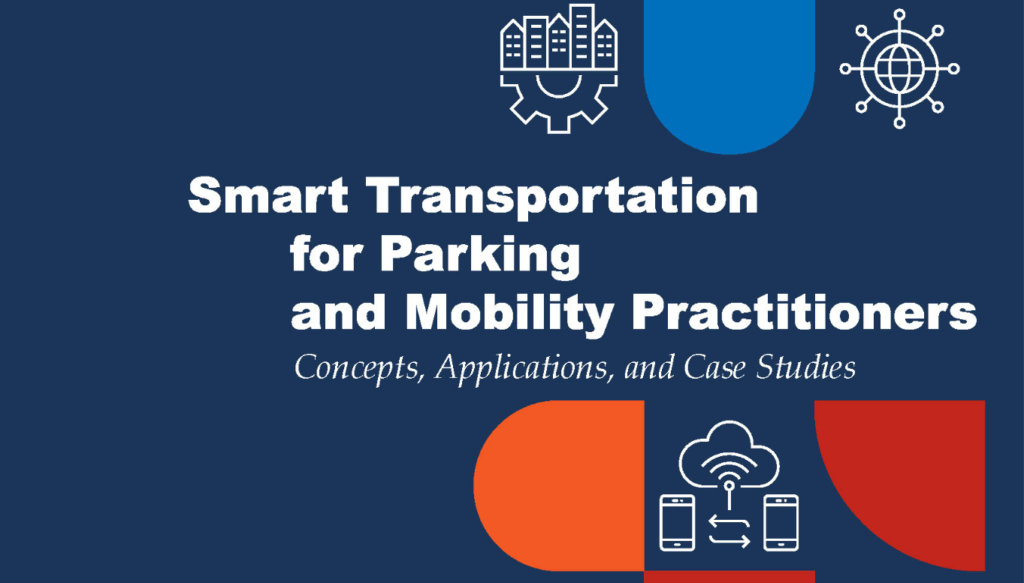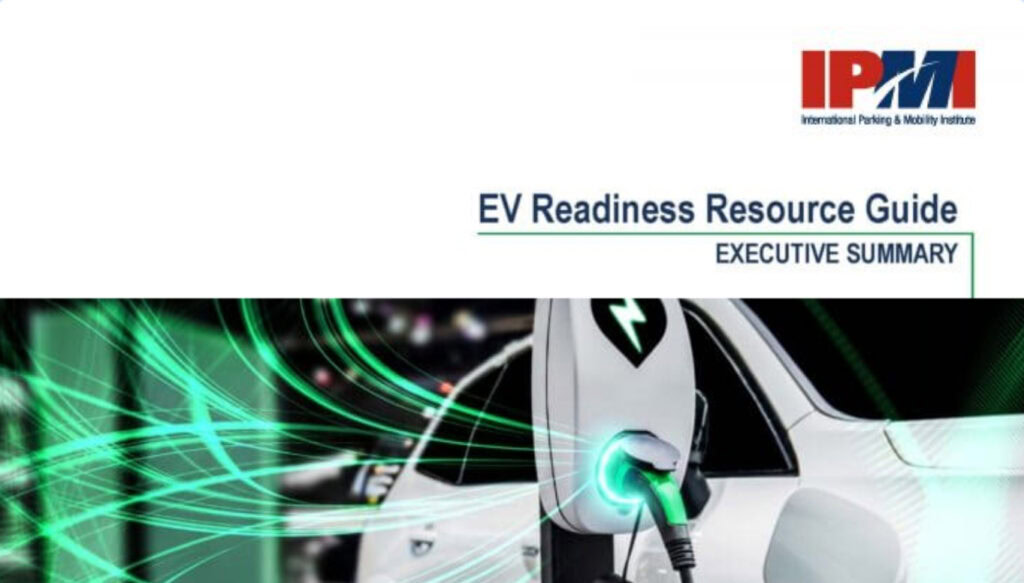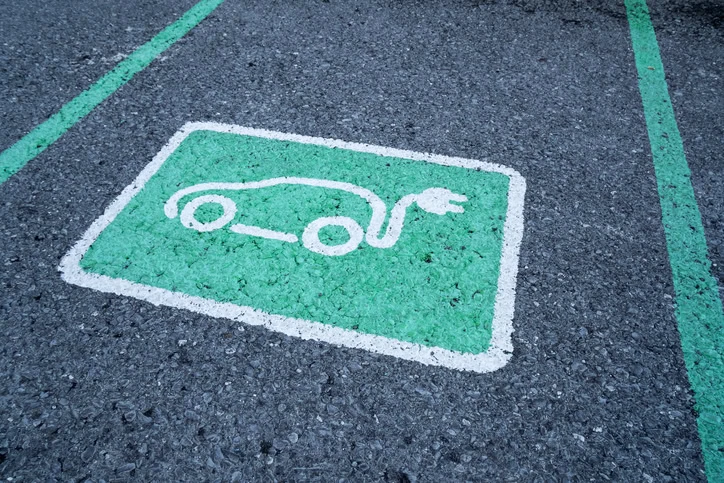
Career Center
Member organizations can post their open positions to get it in front of the largest community of parking, mobility, and professionals in the industry. Browse open positions to write the next chapter of your career! Members post for free, $395 for non-member posts.













